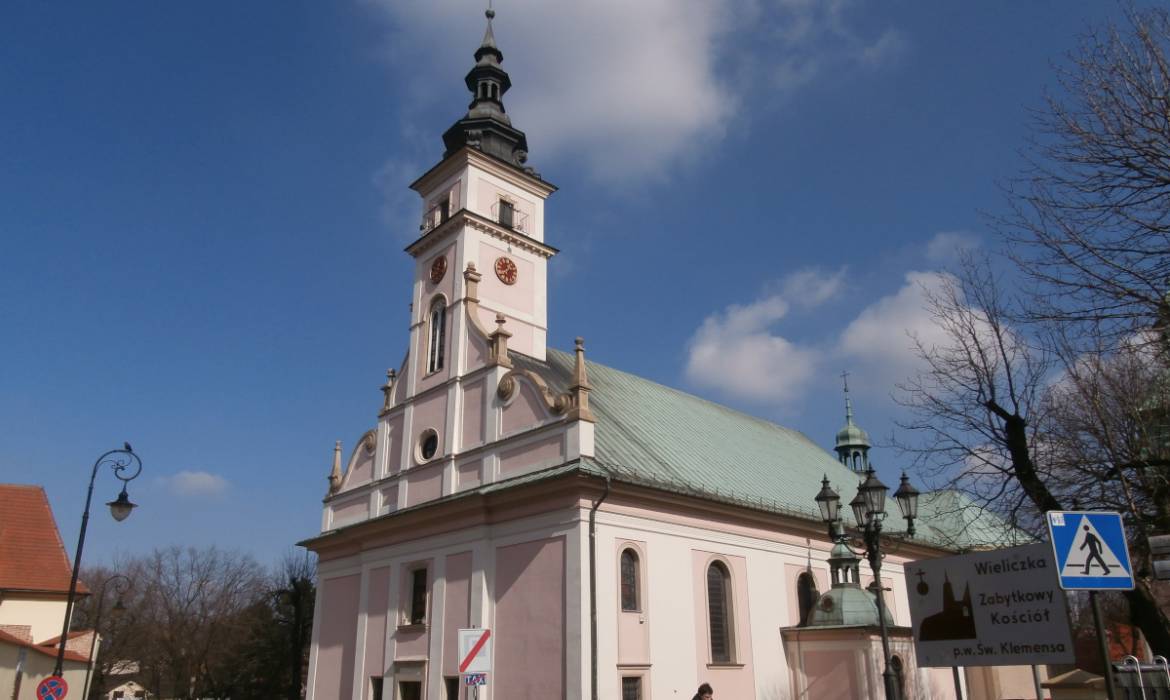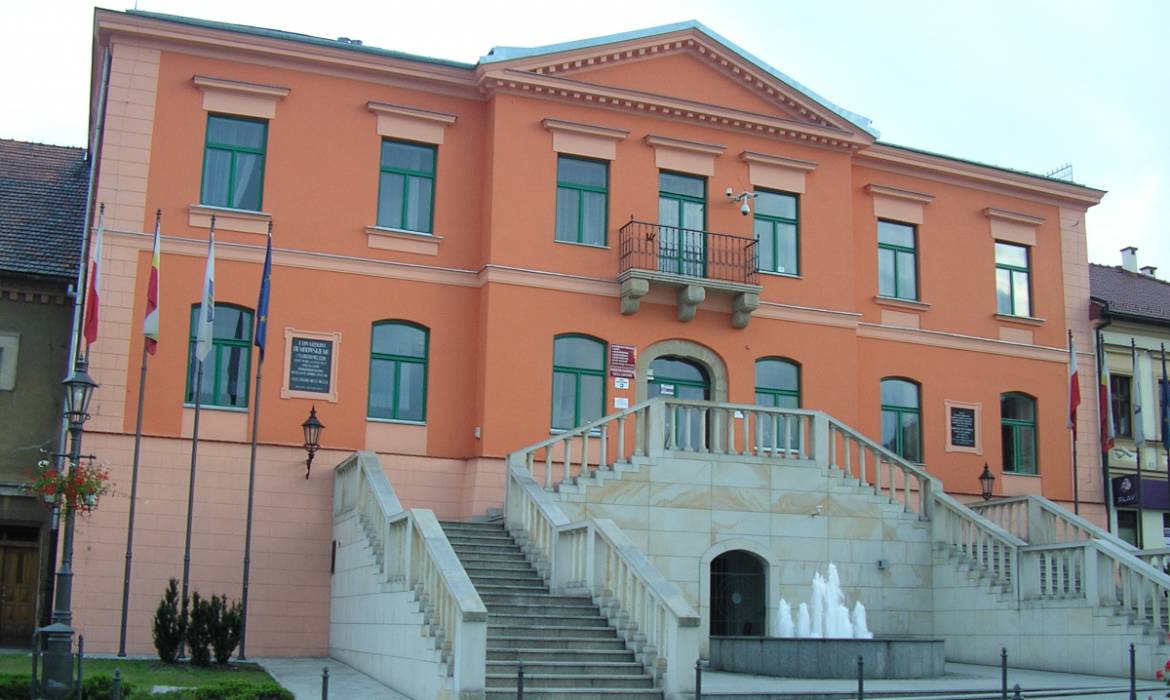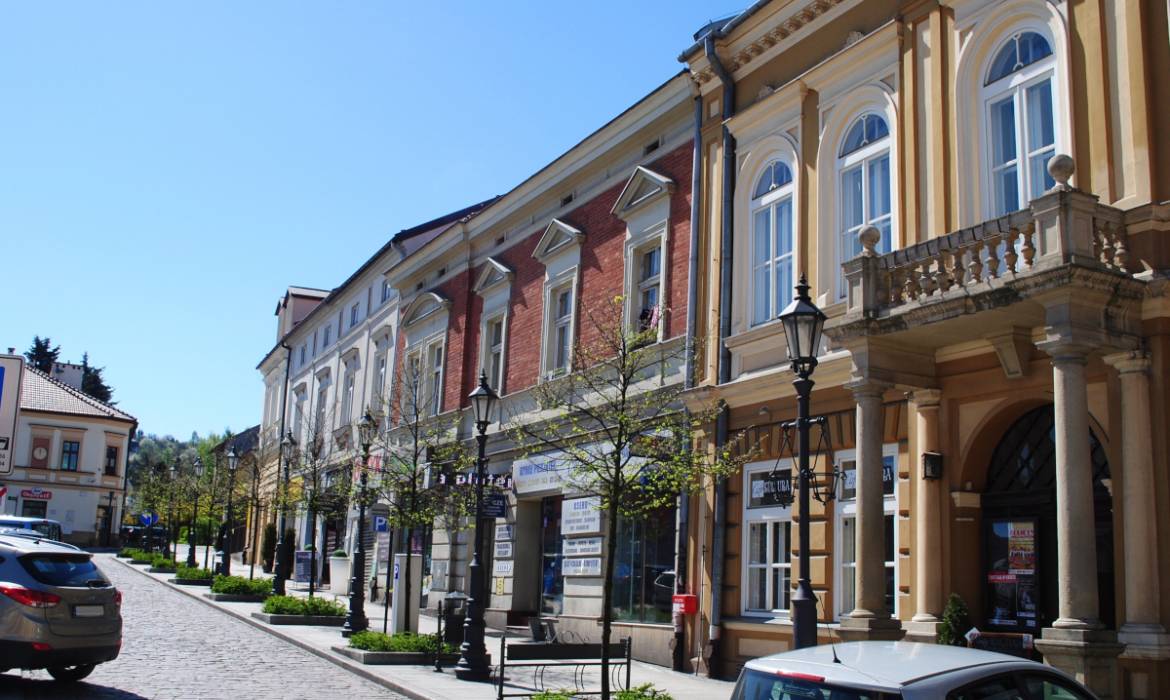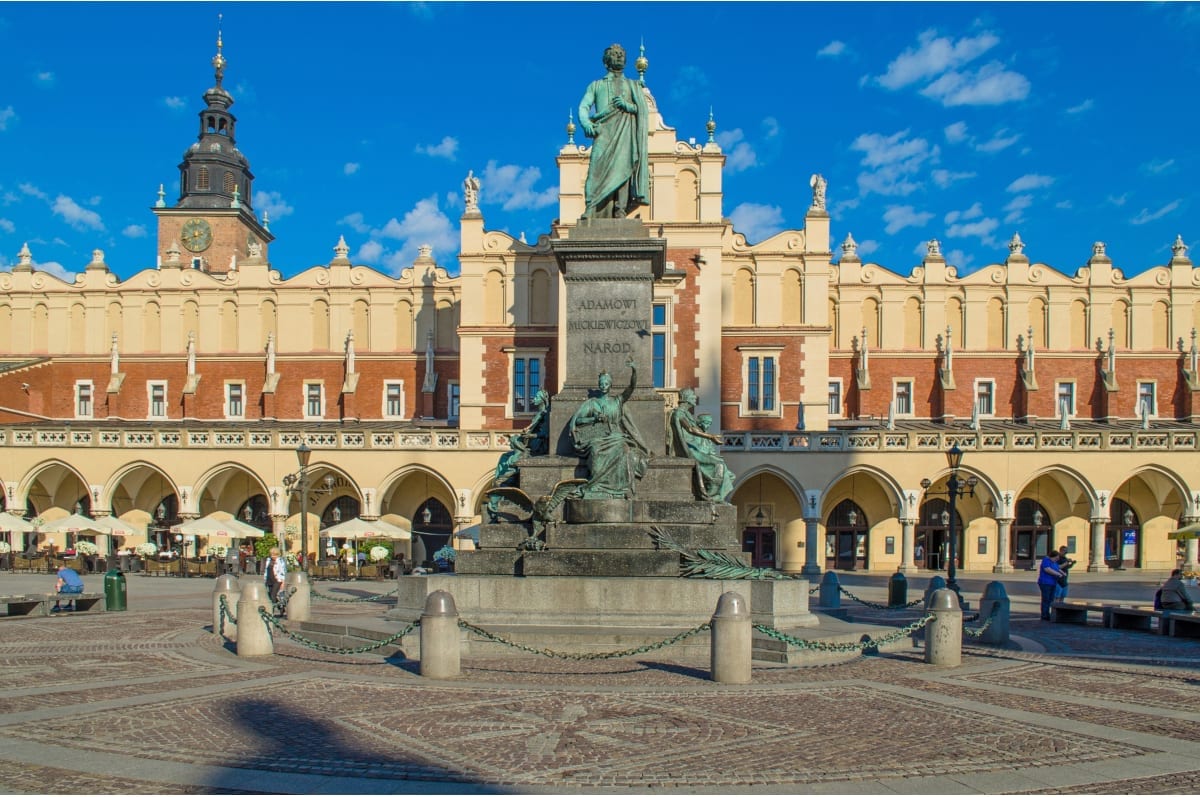
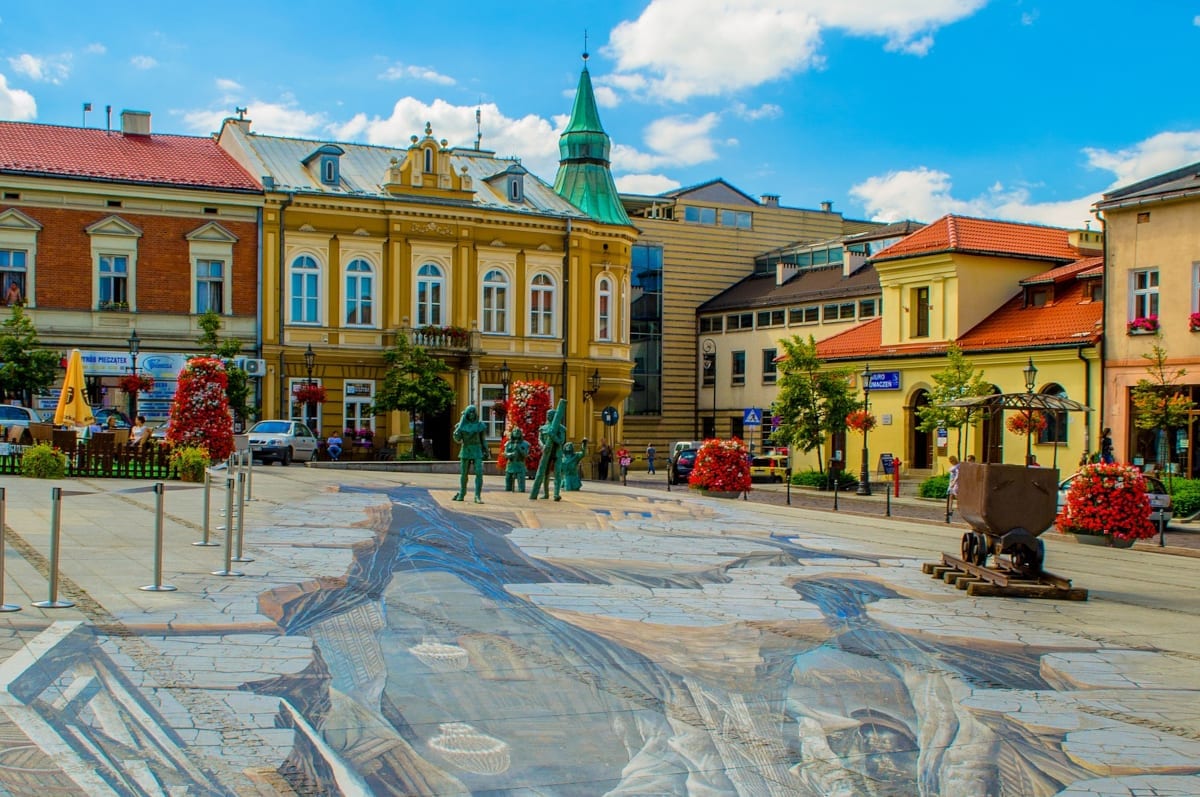
Wieliczka Salt Mine
Wieliczka is a small town in southern Poland, situated within the Lesser Poland Voivodeship, just 16km southeast of Kraków.
The town is well-known for the Wieliczka Salt Mine, declared a UNESCO World Heritage Site in 1978, and its historic old town.
Wieliczka Salt Mine is a subterranean labyrinth of tunnels, shafts and chambers, underground saline lakes, chapels with altarpieces, majestic timber constructions and unique statues sculpted in rock salt. The size of the mine is staggering, it reaches a depth of 327m and extends via horizontal passages and chambers for over 287 km distributed over nine levels. Only a small part of the mine is open to the public, however it attracts a vast number of visitors each year and is high on the list of the most visited places in Poland.
Historically, Wieliczka Salt Mine was a working mine; however due to falling salt prices and flooding, commercial salt mining was discontinued. The mine has produced salt since the 13th century and was one of the world’s oldest operating salt mines.
Besides the salt mine, the picturesque town of Wieliczka has a number of other worthwhile attractions such as the Kraków Saltworks Castle, which is home to the Saltworks Museum, the beautiful classicist Church of St. Clement, the 18th century Przychocki Palace, the Sztygarówka (Foreman’s House), St. Sebastian’s church, and the Franciscan Monastery. The town also has a number of good restaurants.
Lesser Poland
Wieliczka, as well as the nearby village of Lednica Górna are among the last places in Poland where the Easter tradition of Siuda Baba (the Sooty Biddy) is still practised. Siuda Baba goes from house to house on Easter Monday, blackening the hands and faces of local residents.
The best way to see Wieliczka is on a guided walking tour. We recommend the Best highlights of Wieliczka walking tour, which is 3 hours long. You will be surprised how many stories are hidden in the streets, buildings and corners of Wieliczka. Perfect for those who are visiting the town for the first time and want to get the most of it.
The region of Lesser Poland (Malopolskie) is very rich in natural beauty, to the north you will find the Świętokrzyskie Mountains, to the south, the Tatra, Pieniny and Beskidy Mountains and to the west is a broad range of hills.
Lesser Poland has six National Parks and 11 Landscape Parks including: Tatra National Park and Babia Góra National Park in addition to many areas for tourism and recreation, including Zakopane, which is Poland’s most popular winter resort. In the winter, thousands arrive in Zakopane to ski, especially around Christmas and in February. The most popular skiing areas are Kasprowy Wierch and Gubałówka. There are a number of cross country skiing trails in the forests surrounding the town.
At Wadowice, birthplace of John Paul II is a museum dedicated to the late Pope’s childhood. The area of Oświęcim, with the former Nazi concentration camps Auschwitz-I and Auschwitz-II-Birkenau is visited annually by a million people.
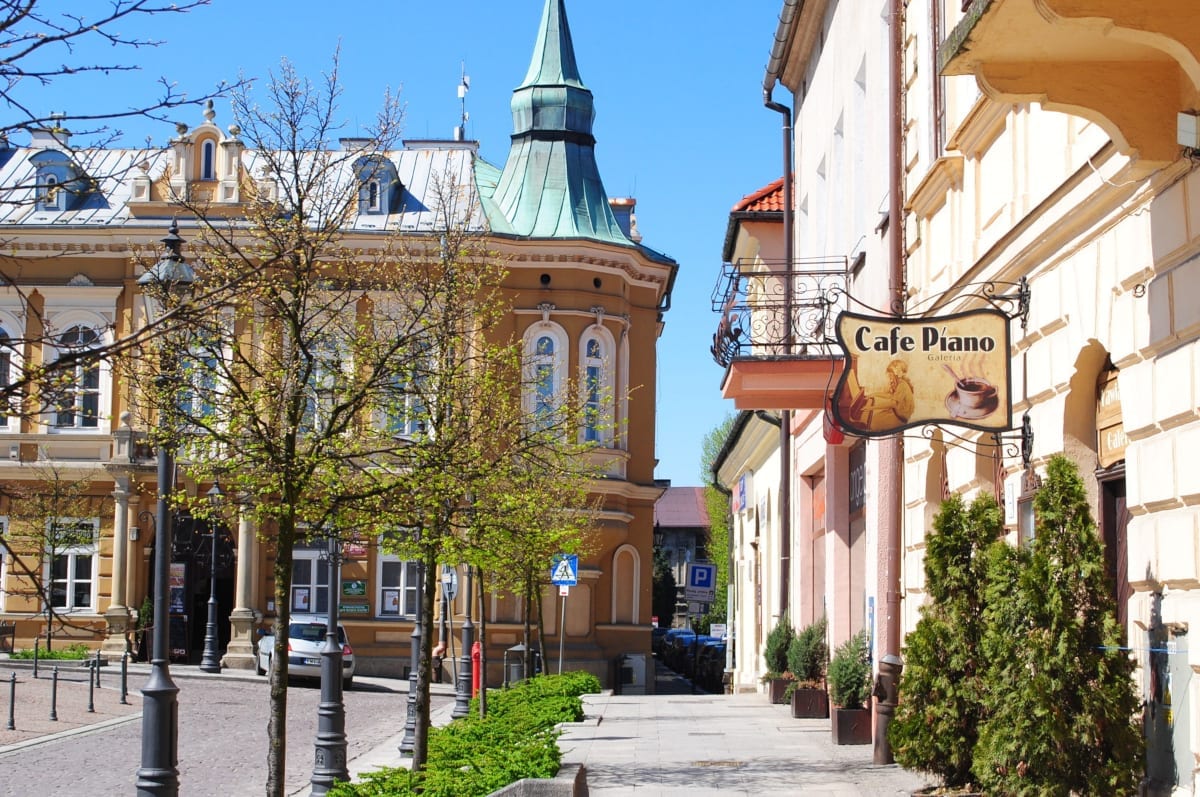
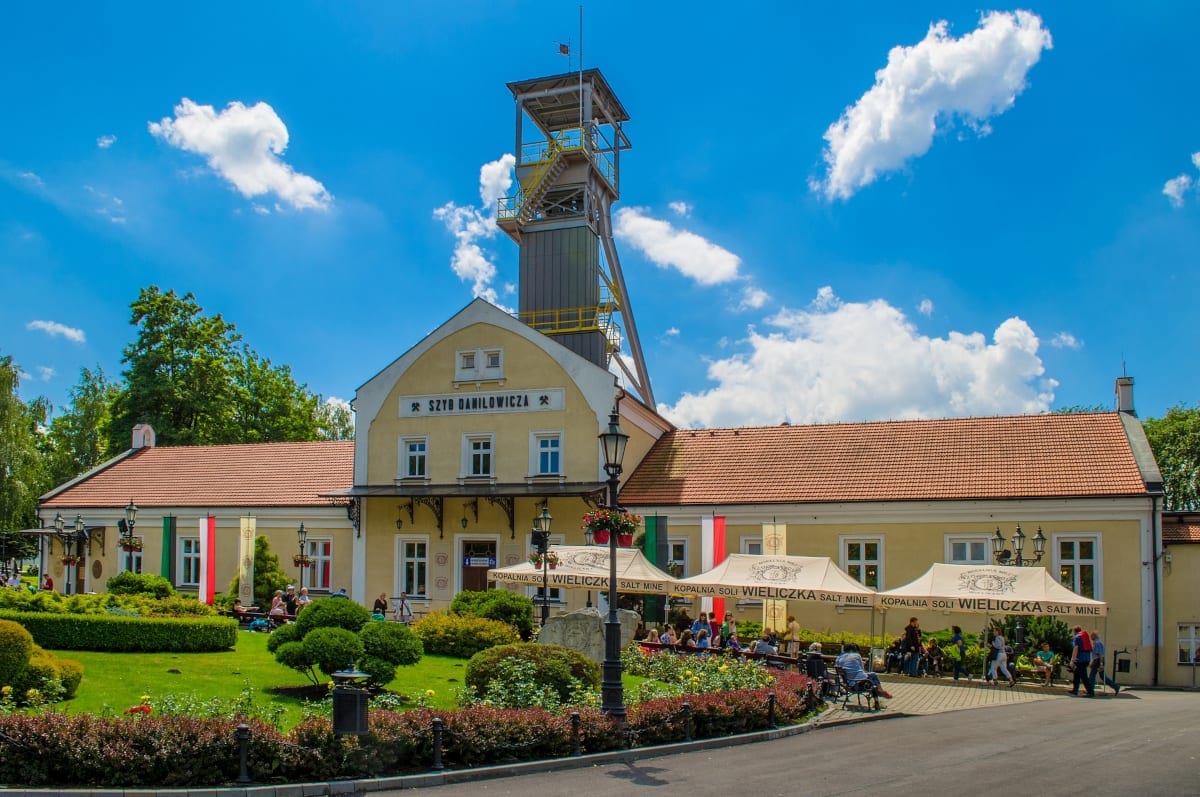

Discover one of the most important industrial sites of the Middle Ages on a guided tour of the remarkable Wieliczka Salt Mine. Benefit from pick-up at your hotel in Kraków, and then travel in the comfort of an air-conditioned mini-van with an English-speaking driver.


The Auschwitz-Birkenau complex was established in 1940 and in operation for five years. In that time, 1.5 million people perished here. On this Auschwitz tour from Krakow, you’ll learn the facts as you tour the world’s most famous concentration camp with a guide.

